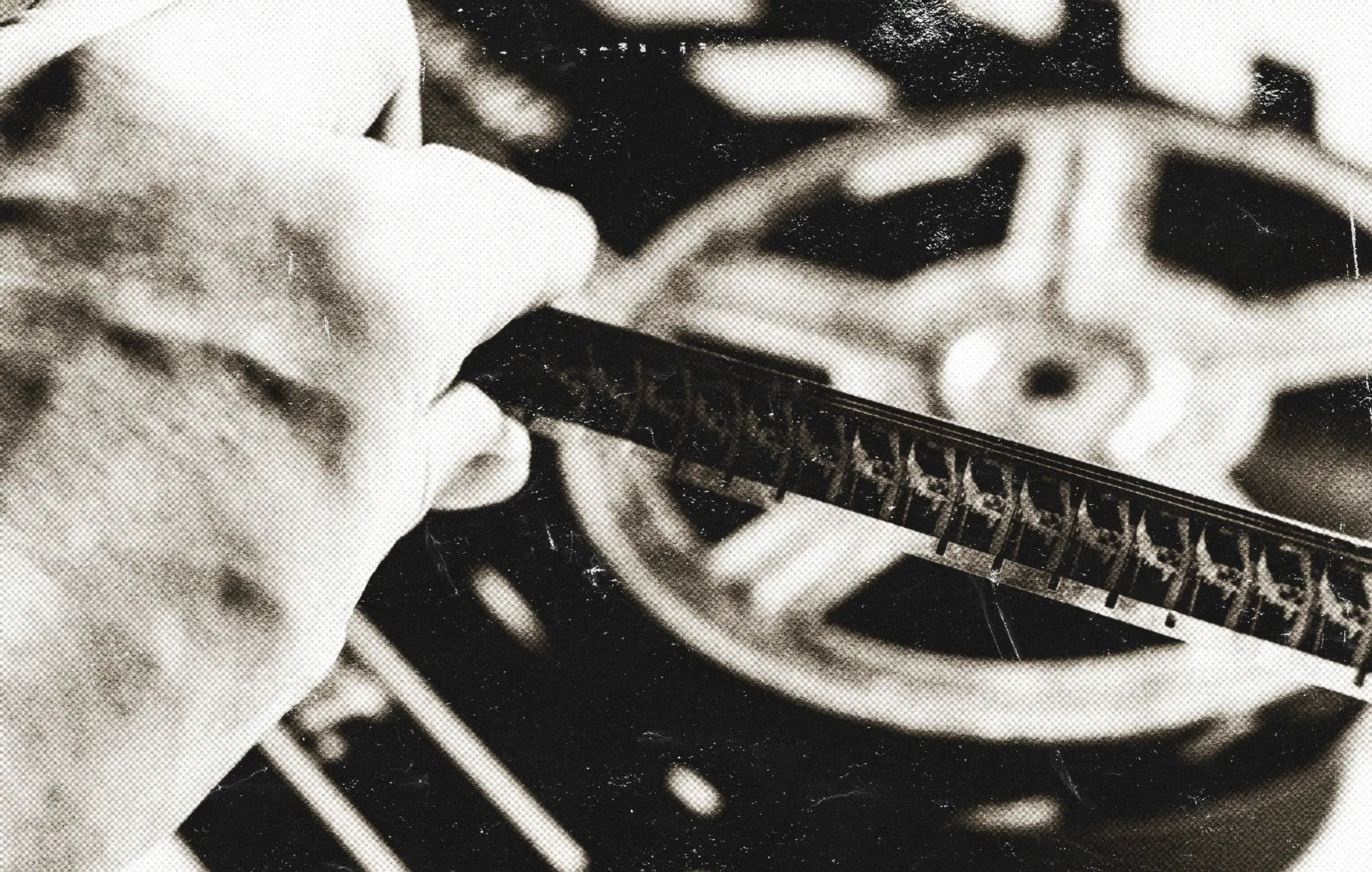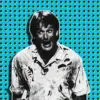Many would think that filmmaking is a fairly easy process that simply involves turning on the camera and hitting the record button. While that is an important part of the equation, filmmaking is composed of many moving parts and elements that are equally essential in the success of a film.
The three stages of filmmaking are pre-production, production, and post-production. Oftentimes, we overlook the significance of the latter because it’s mostly done away from the spotlight, and when it’s done exceptionally well, the audience would rarely notice the editor’s work because it’s flawless and engaging. Let’s dive into the “invisible art” of post-production and understand how its fundamentals play a vital role in completing the big picture.
Stitching it all Together
Post-production is the final stage of the filmmaking process wherein raw footage is cut and assembled, music, sound, and visual effects as well as color correction and grading are all incorporated to form a comprehensible and seamless narrative sequence. Video production has existed as early as the 1800s when Joseph Plateau invented the phenakistoscope, a device that creates an illusion of motion and simulates moving images.
Years later, John Wesley Hyatt developed a plastic material called celluloid, which became the foundation in creating photographic films. This was complemented by Eadweard Muybridge’s zoopraxiscope, a machine that displays moving images that was also critical in paving the way for movie projectors. Then came Thomas Edison’s Kinetoscope which is a device that projects moving images without sound. However, it was shortly surpassed by the Lumière Brothers’ Cinématographe, which was known as the first film camera that could record, develop, and project motion pictures.
The early days of editing used a technique in which the cuts were all made from the camera wherein the cinematographer would stop the camera before filming the next sequence. This technique was best exhibited in the film The Vanishing Lady (1896) by Georges Méliès wherein the camera starts by filming the actor on stage then stops again after the actor has left the stage, giving that effect or illusion that the actor has magically disappeared right before our eyes.
Film editing took a huge leap when Edwin S. Porter developed a technique by cutting and splicing the negatives to form a cohesive narrative as seen in The Great Train Robbery (1903). D.W. Griffith further revolutionized film editing by introducing the concept of continuity editing, a style that combines a sequence of shots that emphasizes dramatic and emotional aspects rather than action. Furthermore, he developed camera techniques such as close-ups, panoramic shots, cross-cutting, long-shots, and panning shots.
As technology became more sophisticated through the years, the manual cut and splice transitioned to digital editing with the help of high-speed computers. The editing process can begin after the dailies or the raw and unedited footage from the production shoot is sent to the post-production house. These footages are imported into an editing software such as Avid, Adobe Premiere, and Final Cut Pro that make it possible for editors to assemble the footage in a breeze. This process sometimes takes months or years until an Editor’s Cut or the Rough Cut of the film is finished.
Film editing took a huge leap when Edwin S. Porter developed a technique by cutting and splicing the negatives to form a cohesive narrative as seen in The Great Train Robbery
After which, an editor shows the rough cut to the director wherein both will collaborate and refine the edited version of the film to further fit the director’s own vision. Lastly, it will go through a producer, studio, or network to create the final cut of the film, which is the version that will be shown to the public. Once a picture has been locked, sound editing, music scoring, automated dialogue replacement, visual effects, color correction, and title credits can finally be added.
Today’s technology has also paved the way for processing and integrating Computer Generated Imagery (CGI), chroma keying, motion tracking, and animation to create extraordinary digital versions of imaginary worlds as well as reality. Editors are also able to fix problems from production such as erasing unwanted objects such as brand names, prop mishaps, filming equipment, background noise, and minor camera errors. Suffice to say, having a talented editor who understands the tone, feel, vision, and core of the story is imperative and crucial to the success of visual stories.
Another vital component of this process is test screenings, which aim to gauge audience reactions to the final cut of the film. Audiences selected from a cross-section of the population are given questionnaires that will allow them to give feedback or suggestions on the overall story, pacing, character development, editing, sound, effects, and marketability. The results of these test screenings are taken into consideration by studio executives who have the power to dictate whether to integrate the recommendations in the final edit of the film.
Post-Production in Action
According to Masterclass, post-production plays an important role in “propelling the story, engaging an audience, and driving the genre. Every element that we hear and see work together to build suspense in a horror film, set up the slapstick tension in a comedy, or create heart-stopping sequences in an action film.”
Avatar (2009) is widely-regarded as one of the films that revolutionized the art of editing, eventually becoming the industry standard that we see in most films today. Editing the film was extremely intricate as it required building an imaginary world from scratch with the help of CGI and 3D technology. In fact, there were three editors in particular ― director James Cameron, Stephen Rivkin, and John Refoua ― who were the brains responsible for the success of this massive film. Compared to other films, the editing process started at the same time as principal photography in order for Cameron to review all the shots in real-time.
The process includes using a technique called “image-based facial performance capture” which tracks and records the actors’ movements and expressions through the use of sensors, which gets mapped instantly on the computer to create a virtual skeleton. This was one of the early films that used this technique, which allows for a more realistic effect that mirrors authentic human emotions and creating a stronger connection with the audience.
“This made the body’s movements back to a connected array of systems that acted out their scenes on a ‘performance capture’ stage six times bigger than anything that was ever used earlier in the industry. This resulted in an amazingly emotional authenticity by the movie characters. The movie’s footage was built from around 70% CGI, including its female lead,” via ScienceProg.
While waiting for the shots to be rendered into CGI, the editors were simultaneously trimming the first cut using Avid and perfecting the action scenes such as the battle sequences to make the narrative easier to understand but at the same time thrilling and powerful. Every detail from lighting, shading, and rendering were meticulously taken into account to create photo-realistic images, which is why it was no surprise that they won the Oscar for Best Cinematography, Visual Effects, and Production Design alongside other prestigious accolades.
Avatar is widely-regarded as one of the films that revolutionized the art of editing, eventually becoming the industry standard
Although post-production is dubbed as the “invisible art,” it is the crucial phase that pieces everything together, elevates the narrative to the next level, and shapes it into the motion picture we see on the silver screen.
We interviewed one of the leading editors in Hollywood, Troy Takaki, who gave us a front-row seat into the world of post-production. He has edited box office hits such as The Bounty Hunter starring Jennifer Aniston and Gerard Butler and Hitch starring Will Smith and Kevin James ― both for Sony and as part of his long successful creative collaboration with director Andy Tennant.
His other credits include the Diary of a Wimpy Kid: Rodrick Rules and Diary of a Wimpy Kid: Dog Days for 20th Century Fox and the director David Bowers, New in Town starring Renée Zellweger for Gold Circle Films/Lionsgate, and Sweet Home Alabama starring Reese Witherspoon and Patrick Dempsey for Touchstone and Fool’s Gold for Warner Bros. starring Kate Hudson and Matthew McConaughey, the latter two also with Tennant and Almost Christmas with director David E. Talbert.
Takaki is one of the few picture editors that splits his time between features and television. He recently edited shows such as You for Netflix and Mr. Mercedes for Direct TV. He is currently working on Cheaper By The Dozen directed by Gail Lerner for Disney.




